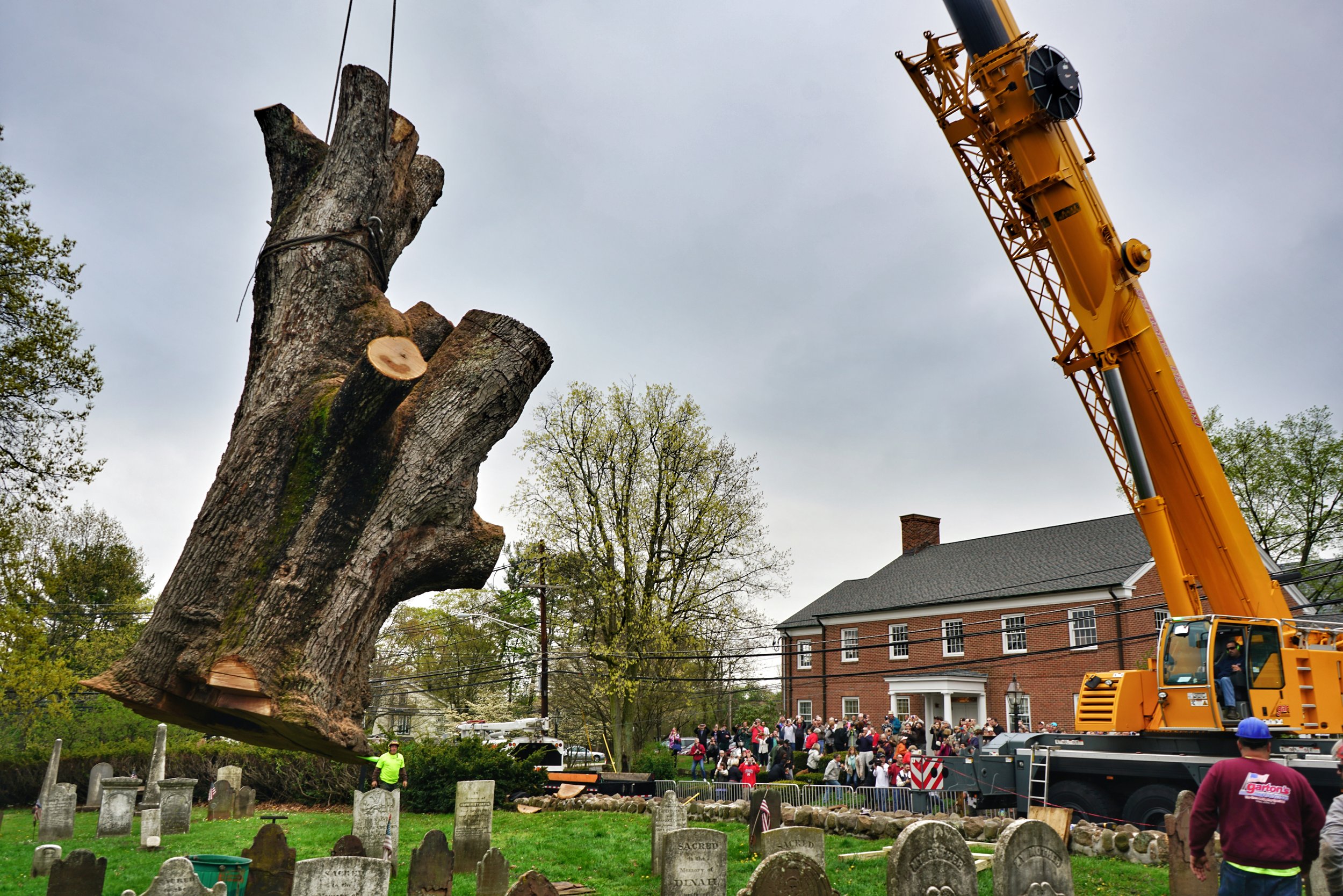Safety Happens at the Individual Level
Safety Happens at the Individual Level: Q&A With AManda Carpenter
Written by Eric Petersen, CIC and Amanda Carpenter
Like many in the tree care industry, I have been very fortunate to have become friends with so many passionate people who want to help make the industry safer. One of those friends is Dr. Amanda Carpenter. Amanda’s enthusiasm for helping arborists make it home each night comes through in every conversation she has. She has dedicated her professional career towards helping businesses truly create a culture of safety and helping the leaders of the organization understand that safety happens at the individual level.
I recently had the chance to speak with Amanda and get her insight on this concept and how tree care companies can implement true change within their safety culture.
Q: You’ve often said that regulation and training alone will not change the safety outcomes of the tree care industry, focus needs to be put on individuals and how people respond to stressful situations. How does a tree care company begin to train or focus on the individuals within their team and their stress response?
A: Human behavior is at the root of safety, and it can’t be engineered. How humans act and react is a result of the wiring of their autonomic nervous system as uniquely wired as the electrical in each house. Previously human behavior was most often trained using fear and focusing on what not to do. However, when we focus on what not to do, a picture becomes anchored in memory. Much like telling you not to think about a red car….. The nervous system is wired for reaction based on experience and memory, so we must train and learn from a place of how we want to respond. Safety is best when memory is accessed in a regulated nervous system. A tree care company can begin to train and focus on supporting a healthy nervous system for its individuals by creating a grounded, psychologically safe work environment. This all begins with the most powerful leader in the organization.
Q: A lot of tree care companies discuss near misses during a safety meeting, however, you have mentioned that it could actually create the opposite effect within their team unless the discussion is handled appropriately. What is the best way to discuss past accidents and near misses?
A: Much like the example of not focusing on a red car, when we discuss what could have happened while the nervous system is in a heightened state, the memory that it actually happened gets anchored. This can cause a PTSD type response in some individuals and instead of learning from the near miss, fear and anxiety now interfere with the individual’s ability to work safely. The key to learning from an accident or a near miss is to discuss in detail only once the nervous system has come back to baseline, which requires at least 12 hours.
Additionally, an individual who shares a near miss story, must be brave and comfortable enough that they know they will not be reprimanded or ridiculed. Listeners must support the individual who is sharing and if anyone responds, they must embody emphatic energy towards helping the individual and learning from their sharing. The nervous system reacts to thoughts and feelings, not just words, so the key here is that each individual and the organization must hold a core belief that it is ok to make a mistake.
Q: What other tools can a tree care owner use to further their focus on individual stress response training
A. We want each individual to be aware and manage their stress response and recognize how their reaction impacts themselves and others. Creating safety cultures with authentic core beliefs is a great place to start. Safety cultures that have a ‘zero tolerance for accidents’ or ‘no injury is acceptable’ mantras are diminishing the safety effort rather than enhancing it. When an employee does not have room to make a mistake, the increased stress on their nervous systems can result in a greater number of mistakes that go unreported and covered up.
People make changes for one of two reasons….from a place of desperation or a place of inspiration. In the safety world, we want to inspire change to prevent a desperate moment, which ultimately could be severe injury or death. This inspiration must come from the most powerful leader. I’m not talking about inspiring a culture of safety through an incentive program, rather shifting the energy of workers to be safer because the company cares about them. Tree care company owners must fully commit to everyone on their team and begin to build a culture of acceptance, understanding and camaraderie towards each other, including themselves. The leaders must also consciously acknowledge the subconscious limiting beliefs inside their organization, such as “you’re weak if you ask for help” or “just suck it up and move on”. The most powerful leader sets the tone of culture, so the limiting beliefs of that individual need to be discovered and dissolved for an organization to thrive in an authentic culture of safety.
For more specific, one-on-one training, Amanda has a great Transformational Leadership Coaching program to help leaders understand their own limiting beliefs and then be able to discuss it throughout the organization.
Lastly, make sure to check out the March 2023 episode of The IndusTREE Podcast to hear a half hour conversation with Amanda that digs into this topic at much more length.
Amanda A. Carpenter is a transformational leadership coach specializing in the science and practice of human performance. To learn more about Amanda’s transformational coaching program Leadership Performance Mastery: Uncovering the Leadership of Vital Energy, visit her website or watch this short video.







Recent Comments